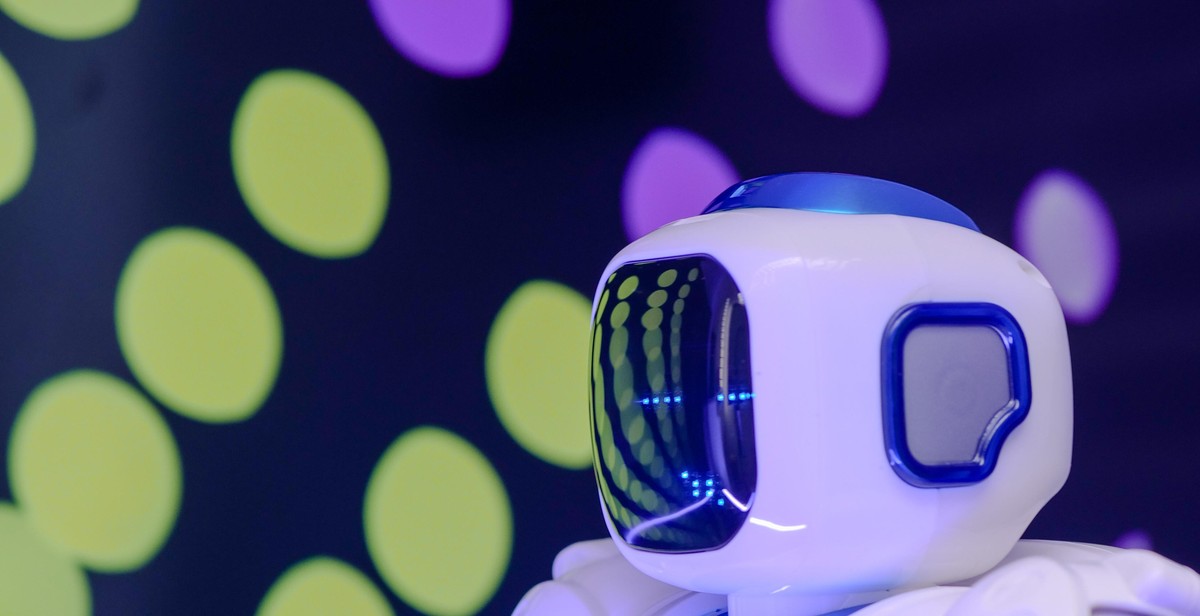The Limitations of Current AI Bots: A Reality Check
Artificial Intelligence (AI) has come a long way since its inception in the 1950s. Today, AI has become an integral part of our daily lives, from voice assistants like Siri and Alexa to chatbots that assist us in customer service. However, despite the tremendous advancements in AI, there are still limitations and challenges that need to be addressed.
Current Limitations of AI Bots
AI bots are designed to perform specific tasks and are programmed to learn from data. However, they are not perfect and have limitations that hinder their effectiveness. One of the main limitations of AI bots is their inability to understand context. They rely solely on the data they have been trained on and cannot interpret the nuances of human language. This can lead to miscommunication and frustration for users.
Another limitation of AI bots is their inability to handle complex tasks. While they can perform simple tasks like answering basic questions or providing information, they struggle with more complex tasks that require reasoning and critical thinking.
The Reality Check
It’s important to acknowledge the limitations of AI bots and have realistic expectations of their capabilities. While they can be incredibly useful in certain situations, they are not a substitute for human interaction and expertise. As AI technology continues to evolve, it’s crucial to keep in mind that bots are only as effective as their programming and the data they have been trained on.
What are AI Bots?
Artificial Intelligence (AI) bots, also known as chatbots or virtual assistants, are computer programs designed to simulate human conversation through voice or text interactions. These bots use natural language processing (NLP) and machine learning algorithms to understand and respond to user queries in a human-like manner.
AI bots are primarily used to automate customer service, sales, and marketing processes, reducing the workload of human employees and improving the overall efficiency of a business. They can be integrated into websites, messaging platforms, and mobile apps to provide round-the-clock customer support and personalized recommendations.
Types of AI Bots
There are several types of AI bots, each with its unique functionality and use cases. Some of the most common types of AI bots include:
- Task Bots: These bots are designed to perform specific tasks, such as scheduling appointments, booking flights, or ordering food. They are programmed to understand user intent and provide relevant information and options.
- Informational Bots: These bots are used to provide users with information about a particular topic or domain. They use NLP algorithms to understand user queries and provide relevant answers from a database of information.
- Virtual Assistants: These bots are designed to assist users with a wide range of tasks, such as setting reminders, making phone calls, or sending messages. They can be integrated into mobile devices and smart speakers and use voice recognition technology to understand and respond to user commands.
- Social Media Bots: These bots are used to automate social media interactions, such as responding to customer inquiries, posting updates, and analyzing user data. They use machine learning algorithms to understand user behavior and provide personalized recommendations.
AI bots have become increasingly popular in recent years, with businesses across various industries leveraging their benefits to improve customer engagement and streamline their operations. However, as with any technology, AI bots also have their limitations, which we will discuss in the following sections.

The Limitations of Current AI Bots: A Reality Check
Artificial Intelligence (AI) bots have come a long way in recent years, but they still have many limitations that prevent them from being truly autonomous and intelligent. In this section, we will discuss some of the major limitations of current AI bots.
Lack of Contextual Understanding
One of the biggest limitations of current AI bots is their lack of contextual understanding. While they may be able to recognize certain patterns and respond to specific commands, they often struggle to understand the broader context in which those commands are given.
For example, an AI bot designed to book flights may be able to understand basic commands like “book a flight from New York to London,” but it may not be able to understand more complex requests like “book a flight that arrives in London before 10 am and departs from New York after 5 pm.”
This lack of contextual understanding can lead to frustration for users who expect the AI bot to be able to understand their needs and provide accurate responses.
Inability to Learn on Their Own
Another limitation of current AI bots is their inability to learn on their own. While they may be able to improve their performance over time through machine learning algorithms, they still require human intervention to make significant improvements.
For example, an AI bot designed to diagnose medical conditions may be able to improve its accuracy by analyzing more data, but it still requires human experts to verify its findings and make adjustments to its algorithms.
This limitation makes it difficult for AI bots to adapt to new situations and environments, which can limit their usefulness in certain applications.
Limited Emotional Intelligence
Finally, current AI bots have limited emotional intelligence, which can make it difficult for them to interact with humans in a natural and empathetic way. While they may be able to recognize certain emotions based on voice tone and other cues, they struggle to understand the nuances of human emotions and respond appropriately.
This limitation can make it difficult for AI bots to provide customer service or support, as they may not be able to respond to customers in a way that meets their emotional needs.
Conclusion
While AI bots have made significant progress in recent years, they still have many limitations that prevent them from being truly autonomous and intelligent. By understanding these limitations, we can better design and utilize AI bots in ways that maximize their strengths while minimizing their weaknesses.

The Reality Check
While AI bots have come a long way in recent years, it’s important to acknowledge their limitations and the role that human involvement still plays in their development and use.
The Importance of Human Involvement
One of the biggest limitations of current AI bots is their inability to replicate human intuition and common sense. While they may be able to perform specific tasks with impressive accuracy, they lack the ability to understand the nuances and complexities of real-world situations.
Human involvement is crucial in ensuring that AI bots are being developed and used in ethical and responsible ways. We need to ensure that they are not perpetuating biases or causing harm to individuals or society as a whole.
For example, in the medical field, AI bots can be used to assist with diagnoses and treatment recommendations. However, it’s important to have human experts involved in the process to ensure that the bots are taking into account all relevant factors and not making decisions that could potentially harm patients.
The Need for Continued Development
While AI bots have made significant progress in recent years, there is still much room for improvement. They are only as good as the data and algorithms they are trained on, and there is always the risk of bias being introduced into the system.
Continued development and improvement of AI bots is necessary to ensure that they are able to perform more complex tasks and operate in a wider range of environments. This requires ongoing research and development, as well as collaboration between experts in various fields.
Additionally, there is a need for greater transparency in the development and use of AI bots. Users need to understand how the bots are making decisions and what data they are relying on. This will help to build trust and ensure that the bots are being used in ethical and responsible ways.
Conclusion
While AI bots have the potential to revolutionize many industries and improve our daily lives, it’s important to have a realistic understanding of their limitations and the need for continued development. Human involvement is crucial in ensuring that they are being developed and used in ethical and responsible ways, and ongoing research and collaboration is necessary to improve their capabilities and address any potential biases or limitations.

Conclusion
As we have seen, AI bots have come a long way in recent years, and they are being used in a wide variety of applications. However, it is important to recognize that there are still many limitations to these bots, and we must be realistic in our expectations of what they can do.
One of the biggest limitations of current AI bots is their inability to truly understand human language and context. While they can recognize certain patterns and respond based on pre-programmed rules, they are not yet capable of true comprehension. This can lead to misunderstandings and errors, especially in complex situations.
Another limitation is the lack of creativity and intuition in AI bots. While they can perform certain tasks with great accuracy and speed, they are not able to think outside the box or come up with innovative solutions to problems.
Despite these limitations, AI bots still have a lot of potential to improve our lives and revolutionize the way we work and interact with technology. As developers and users, we must continue to push the boundaries of what is possible and work towards creating smarter, more intuitive bots that can truly understand and interact with humans.
Overall, it is important to approach AI bots with a realistic mindset and recognize that they are not yet perfect. However, with continued research and development, we can expect to see significant advancements in this field in the coming years.
